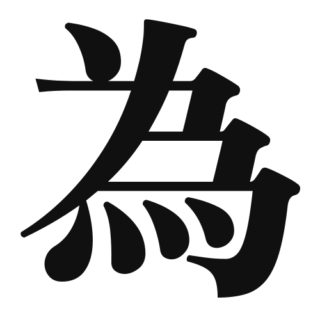 N1
N1 為
1. Overview of MeaningThe kanji "為" (pronounced "i" or "tame") primarily means "to do" or "to make." It conveys the idea...
 N1
N1  N1
N1 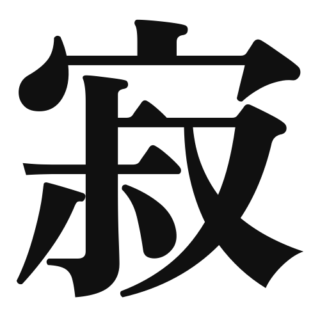 N1
N1  N1
N1 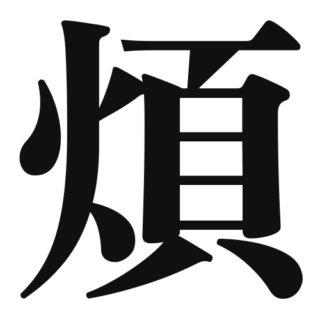 N1
N1 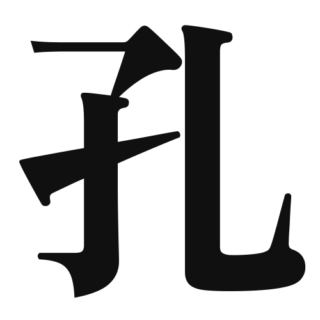 N1
N1 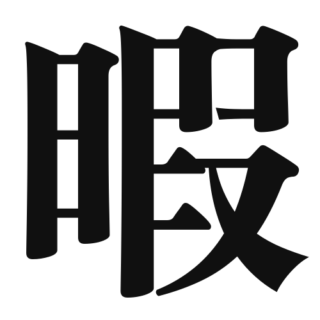 N1
N1 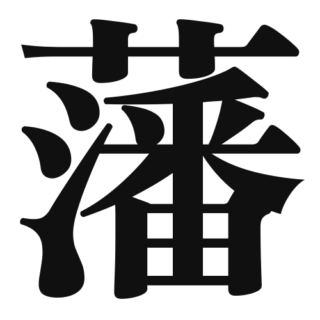 N1
N1  N1
N1 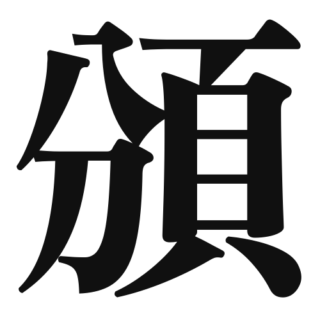 N1
N1